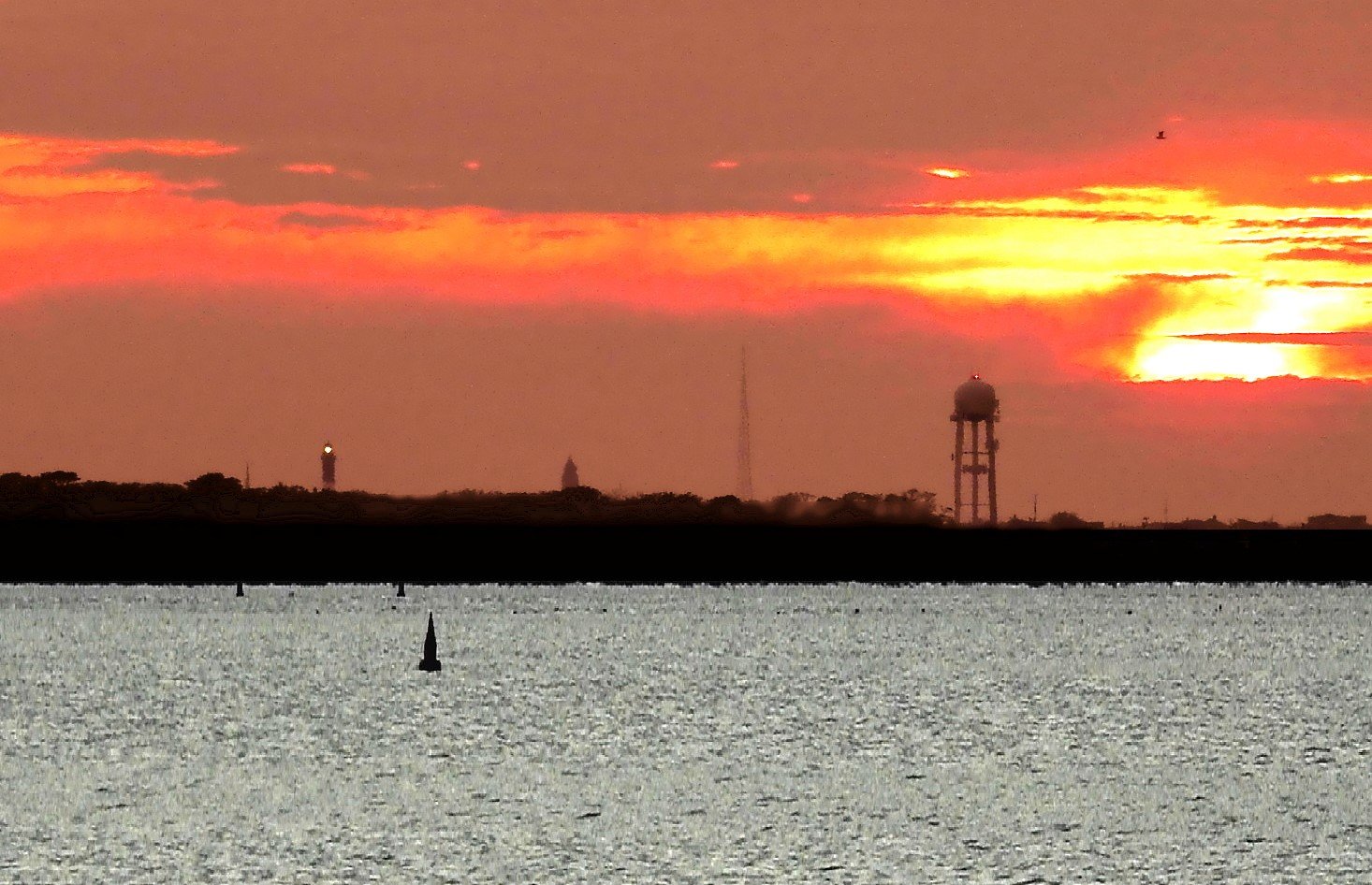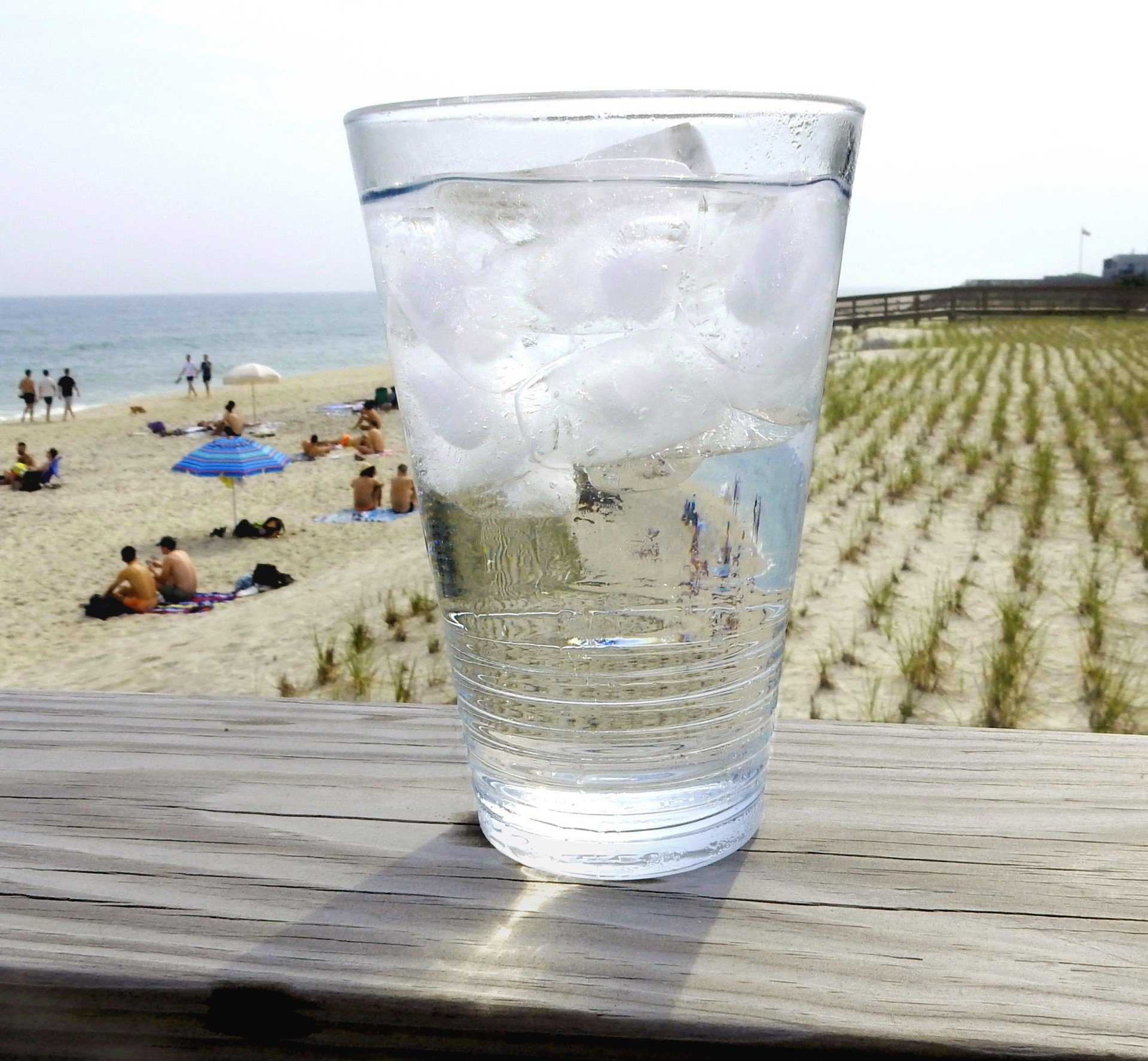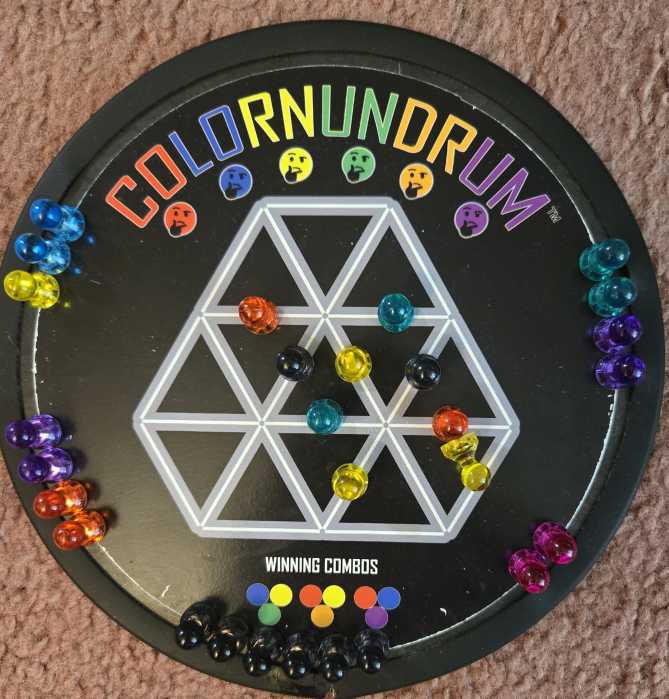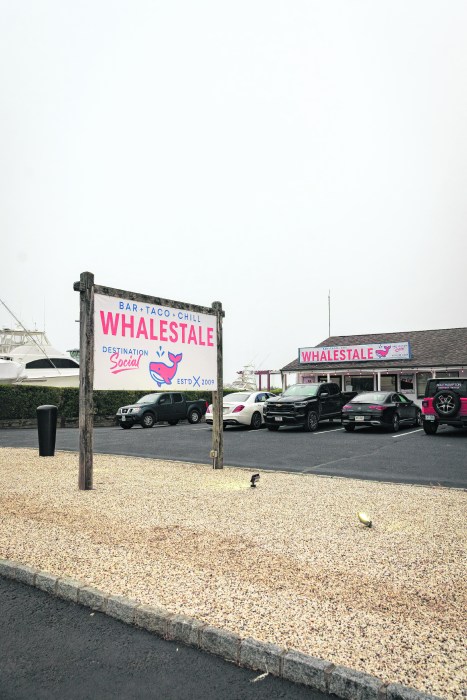by Bob Anderson
We hardly think about it, except when the bill arrives, and yet a lot of careful engineering has gone into supplying Fire Island with superb drinking water.
Have you ever wondered where it comes from?
The Suffolk County Water Authority (SCWA) is responsible for supplying high quality water county-wide, including Fire Island. They obtain it from formations called aquifers, which are subterranean layers of sand and gravel located as deep as 2,000 feet!
Three major aquifers lie below Fire Island (see illustration). The deepest is named the Lloyd aquifer, which ranges from 300 to 2,000 feet deep. So far only a small amount of water has been drawn from this layer. The middle aquifer is called the Magothy aquifer, which is the source of most of the water provided to Fire Island. The shallowest aquifer is the upper glacial moraine aquifer, but except for a small number of private wells, this aquifer is not used to supply Fire Island.
The sand and gravel in the Magothy and Lloyd aquifers were deposited about 65 million years ago by rivers and streams carrying sediment eroded from the mountains west of Long Island. The upper glacial layer was formed about 25,000 years ago by the glaciers of the last ice age. Some of the water in the lower layers is quite “ancient” in the sense that it came from the melting of those glaciers. But most of it comes from rainwater percolating through the sandy soil, which filters the water as it works its way down.
SCWA has over 600 wells located throughout Suffolk County, including more than a dozen on Fire Island. On the island the wells are between 300 and 700 feet deep with large electric pumps at the bottom. Some of the wells are supported by backup diesel-powered generators. In Ocean Beach and parts of the surrounding communities the water is pumped into the water tower and then gravity-fed to consumers.
It’s estimated that the aquifers hold a total of about 100 trillion gallons. Annual precipitation amounts to more than 600 billion gallons, approximately half of which replenishes the aquifers, with most of the rest lost to evaporation and runoff. SCWA pumps about 70 billion gallons per year, which is much less than the amount of rainfall.
As for water safety, SCWA operates the largest groundwater-testing laboratory in the nation with a staff of more than 35 chemists and microbiologists who perform over 160,000 tests annually, checking for over 400 different potential contaminants (250 more than required). The lab runs 365 days a year, measuring impurities down to parts per billion.
The United States Environmental Protection Agency and the New York State Health Department have strict standards for water quality, and the state standards are among the most stringent in the country. The water is tested at the wellhead and at various points within the distribution system for a wide range of parameters, including bacteria, organic contaminants, inorganic chemicals, and volatile compounds. Additionally, the Suffolk County Department of Health Services also routinely performs tests. And valuable insights are also provided by the Long Island Groundwater Research Institute, a special research program at Stony Brook University.
Although the water from our aquifers is free of harmful bacteria as it’s pumped up, New York State requires that a very small amount of chlorine be added to kill any bacteria that might be present in the water mains. A small amount of lime is also added because the water is slightly acidic, which can corrode plumbing. This is usually harmless, but it can cause an internal buildup inside the heat exchangers within on-demand water heaters. This is easily cleaned by circulating a slightly acidic solution (typically white vinegar) through the heater once a year. If you have one of these please consult your user’s guide for more information.
Also, if you happen to be sensitive to chlorine, chill your water in the fridge in an open-top container for a few hours before you drink it. As the temperature of the water drops almost all the chlorine will turn to gas and evaporate.
Fire Island is lucky to have some of the finest drinking water in the world – enjoy it!
Fire Island is lucky to have some of the finest drinking water in the world – enjoy it!





























